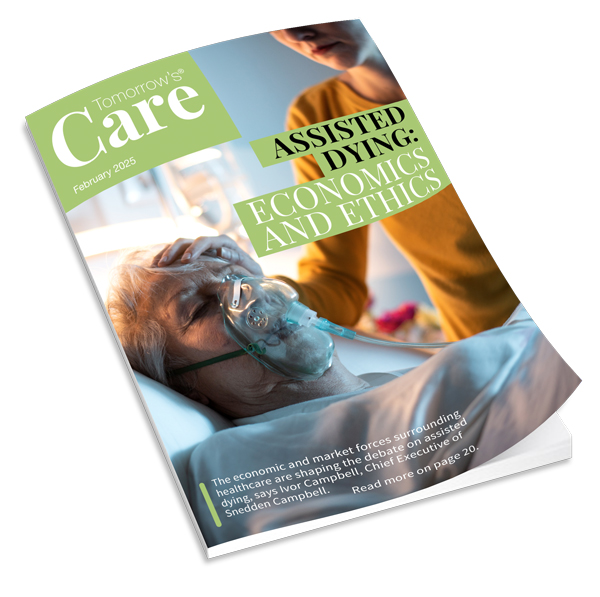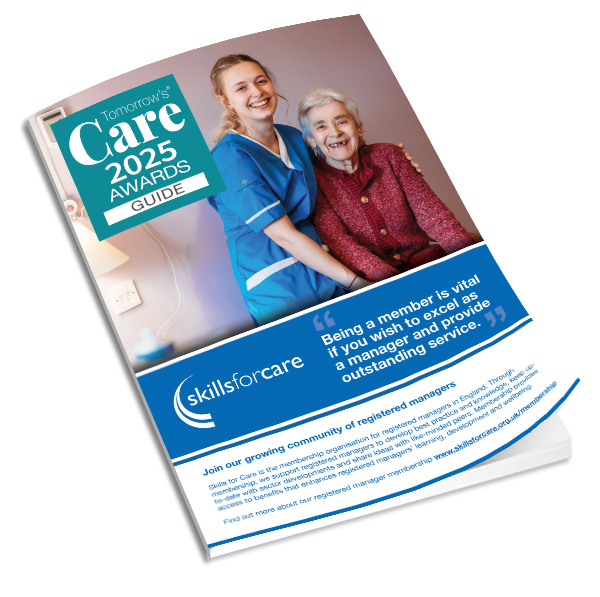Kimberly-Clark Professional* is sharing Five Ways to improve hand hygiene standards within a healthcare environment, in recognition of the World Health Organisation’s (WHO) call to action for better hand hygiene to control infections.
For the tenth year in a row, World Hand Hygiene Day is a cornerstone of the WHO’s campaign to galvanise action at the point of care and improve patient safety. This year’s theme is focused on preventing sepsis in healthcare. Sepsis is a potentially life-threatening infection. It kills 44,000 people in the UK and costs the national economy almost £16 billion each year.
While the risks of sepsis are real, there are simple steps that can be taken to help avoid infection, as Kimberly-Clark has outlined:
1. Include Hand Hygiene as Part of Training
Make hand hygiene part of your standard training going forward. Studies have shown that, on average, 61% of health workers do not adhere to the recommended hand hygiene practices, but proper hand hygiene can save literally millions of lives a year. Make sure that hand hygiene training is a part of preparing people to work for your organisation.
2. Help People Understand How to Protect Themselves
Kimberly-Clark Professional* has developed an essential tool for you to quickly and easily create customised posters and notices promoting hand hygiene in your environment. Create your own poster that informs your staff on what they need to know to be safe.
3. Demonstrate Best Practice in Your Environment
Take the opportunity to demonstrate hand hygiene best practice. The WHO reports that one out of every 10 patients get an infection while receiving care in a hospital facility, and up to 32% of patients receiving surgical care get a post-operative infection. Unfortunately, 51% of these cases are resistant to treatment with antibiotics. Practicing good hand hygiene is key to reducing these numbers and, even for experts, reminders are a good idea.
4. Provide Quality Products
If you want staff onsite to operate as hygienically as possible, then providing quality, available and easily accessible products is the first step, such as the Scott ® Control Rolled Hand Towel System.
5. Track and Share Your Progress
It is vitally important to understand whether your efforts to improve hygiene are working. You can do this by performing audits on a specific ward or area. Simply monitor the number of staff, patients or visitors washing their hands correctly over a given period of time. Then repeat this process and look for improvements. Share the results with your staff to engage them in continuous improvement. Click here to download free NHS audit tools to help.
Kimberly-Clark Professional* believes that following these simple steps can be significantly beneficial in the fight against infections. Making infection prevention and hand hygiene national, industry and organisational priorities can, very literally, save countless lives.





.jpg)


















